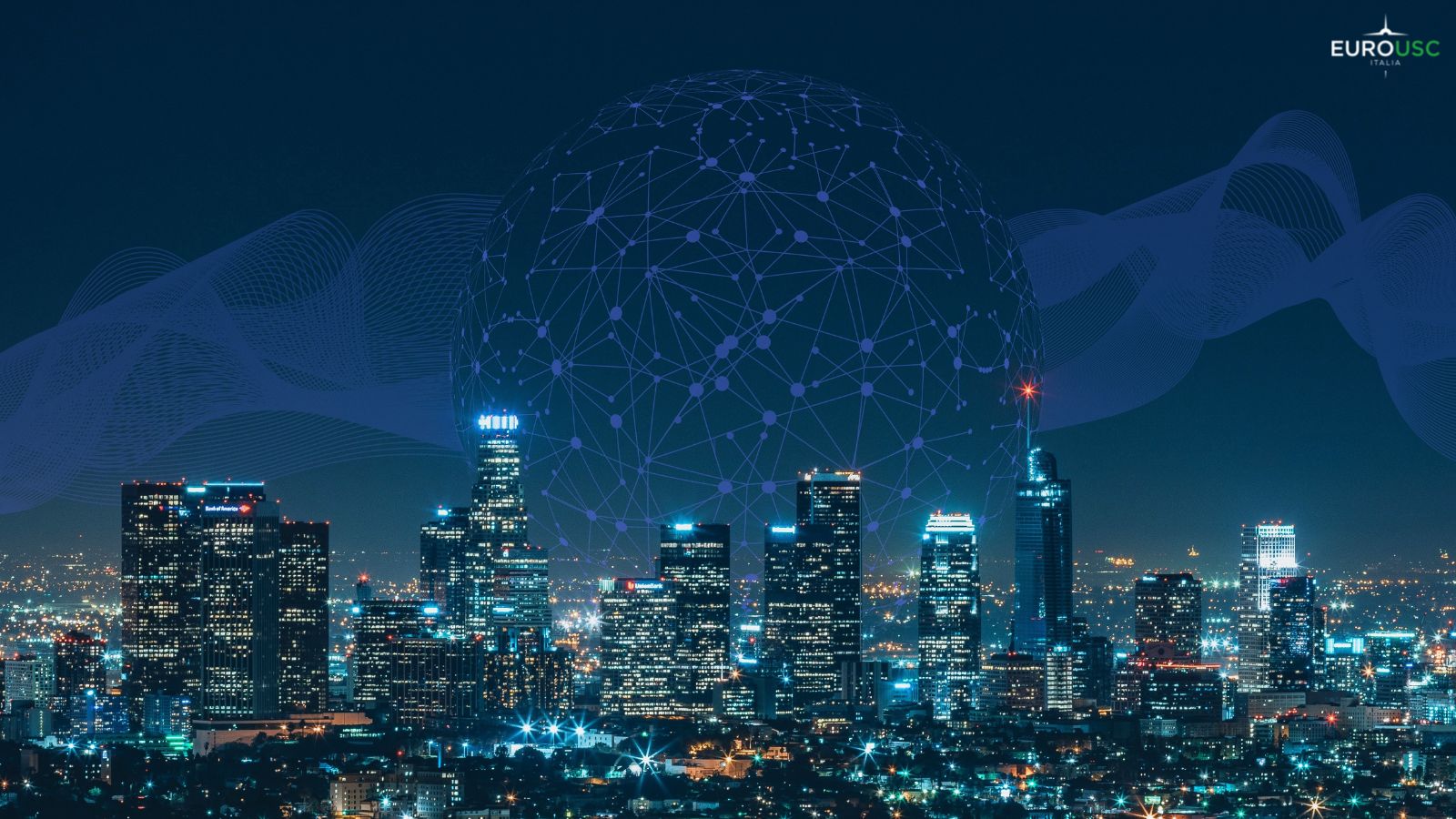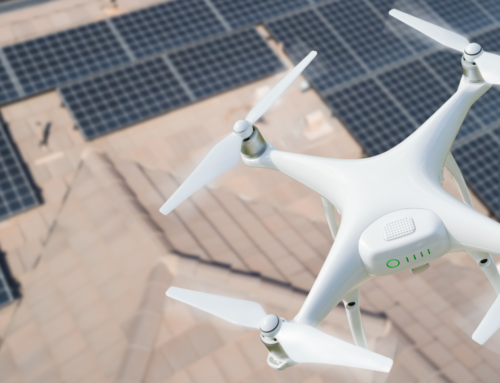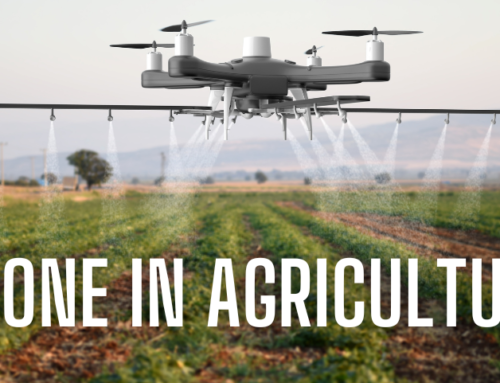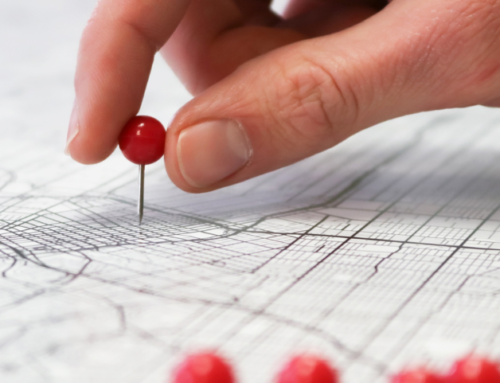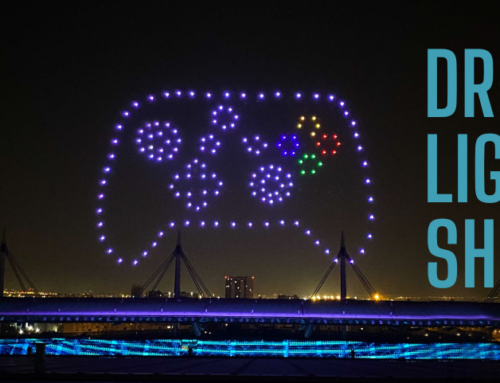More and more, the digital ecosystem is pervading the life of society as a whole, by offering sources, services, information in a low, quick and agile way. Some experts consider it the start of the fourth revolution, the so-called Internet of Things (IoT). In this new ecosystem, Urban Air Mobility, wider than aviation, is an important actor: in UAM drones, vertiports, UAS operator, UTM services continuously exchange data and interact, in some cases without any human intervention.
In the history of the technological evolution, we can see the Internet of Thing as the last prodigious revolution. The first industrial revolution started around 1700 in UK and used the energy extracted by wheels or generated by a steam engine and applied it to a factory. It was a disruptive event as until then the energy to move was only originated by animals or humans. On the other hand, this process could be activated in a limited geographical scale.
This issue was solved in XVIII century by the second revolution with energy in motion. The first cars or trains are examples but also the generation of electricity on the foot of mountains and power lines bringing energy to cities or fabric to move machines. Installing engines on vehicles had the purpose to transport people or freight: in fact, traditional aviation belongs to this second industrial revolution. The downside of this revolution is related to the energy resources consumption and pollution.
Afterward industry transitioned into a third revolution, where information is sent without moving any physical objects as well as reading newspaper on internet, sending files or emails. This overcomes social and physical barriers, improves opportunity and access to information. Small drones bring aviation into the third revolution as they can acquire stream process and receive digitalised information.
In the fourth revolution objects are expected to become interconnected and smart by exchanging information without any human intervention: this is the Internet of Things, where “things” essentially means devices. Cloud computing, big data and artificial intelligence are the flywheel of this revolution. In aviation, drones not requiring remote pilot (the so-called Unmanned aviation system) are welcomed part of this ecosystem.
Integrating Innovation in Urban Air Mobility
In the digital ecosystem, innovation affects human life also in the aerial mobility sector thanks to air mobility solutions and urban services. With the objective to assure efficiency and safety, it takes a holistic approach to urban air mobility, seamlessly integrating a variety of critical components: technology, regulation, societal acceptance and business cases. Most of all, to be safe, secure, and efficient it is also important to focus on requirements and standards. Organisations are key-actors in the standardisation’s effort, even if different approaches are adopted: for example, industry organisations adopt a performance-based approach, focused on profits and customer satisfaction; ISO adopts a risk-based approach, looking at the total system; as well, H2020 project AW-Drones and Horizon Europe’s SHEPHERD have provided a significant support in identifying standards applicable to implement requirements from UAS and U-space regulations.
EuroUSC Italia’s pioneering role in Urban Air Mobility
EuroUSC Italia is involved in international activities within ICAO, JARUS, EUROCAE and ISO to develop and implement new regulations and certify products and services in the UAS domain. It also participates in several research projects funded by the European Commission, EUSPA and SESAR SJU, and implementing innovative applications for drones, cutting-edge technologies and services such as the U-space. For example, EuroUSC Italia is member of the Flying Forward 2020: this three-year Horizon2020 project aims at designing an urban airspace by adopting a citizen-centred approach. It includes a governance model, a regulatory framework, a geospatial digital infrastructure, a Digital Toolbox, an Identity of Things (IDoT) scheme, and interoperability frameworks. Moreover, EuroUSC Italia coordinates Di-Pegasus, an EU project assessing the viability of technologies to enable fully autonomous, cost-effective and environmentally friendly operations in the transport domain.
Thanks to its experience in regulation, safety and certification in the aviation domain, EuroUSC Italia will provide a major contribution to this project identifying European legislation, directives and standards relating to safety in order to be able to trace the lines of regulatory development in this sector.

